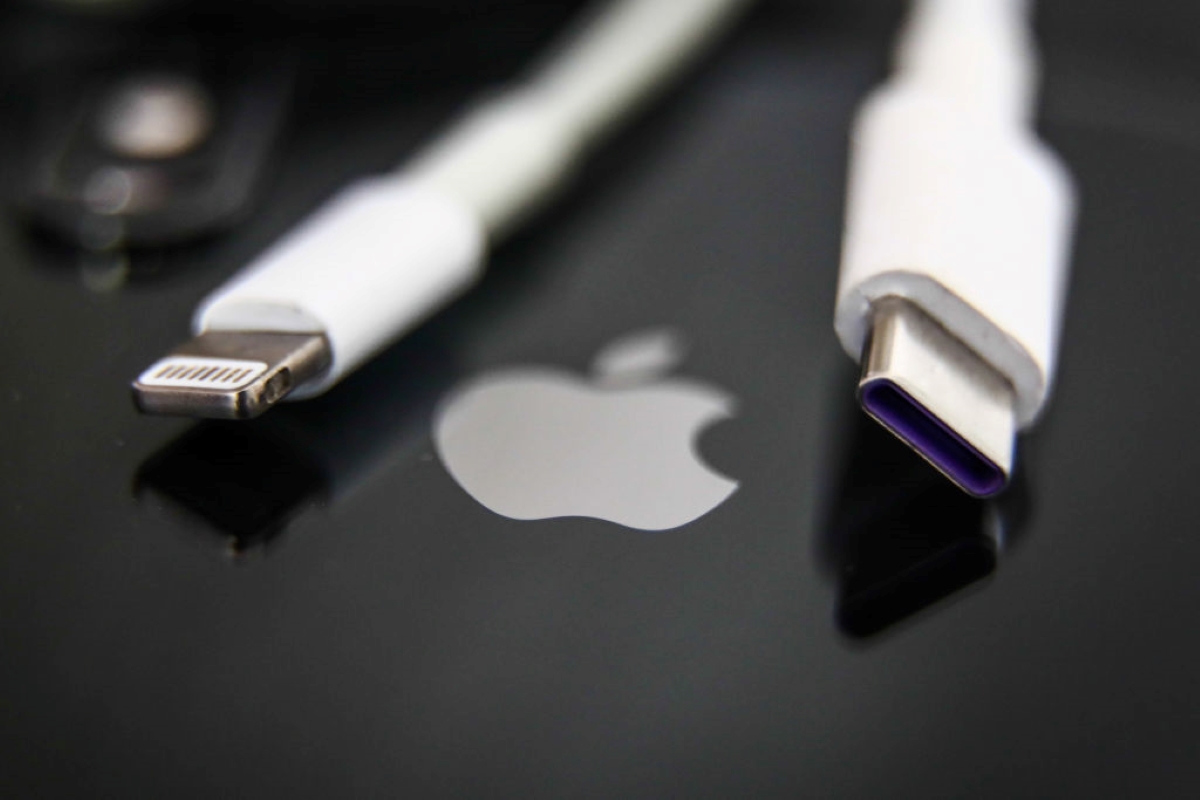The presentation of the iPhone 15 will mark the beginning of the end of the Lightning connector. For what ? Because Apple
The Lightning connector has had a good run. First introduced with the iPhone 5 in September 2012, it succeeded the 30-pin connector that had been fitted to Apple devices since the release of the third generation iPod Classic in 2003.
The move to USB-C is a big change. A huge change. Nearly 1.5 billion iPhones are currently in use, all equipped with Lightning ports. And every owner has at least one charging cable and charger – bare minimum – and countless gadgets that plug into or interface with the iPhone.
That makes a lot.
Is USB-C on the iPhone here to stay?
Before discussing the practical aspects of this change for iPhone users, let me answer a question. How long will iPhones have USB-C before Apple moves on?
It’s been mentioned, for example, that Apple wants to stick with the Lightning port until it’s ready to move the iPhone completely wireless. This roadmap is not confirmed.
Will USB-C be on the iPhone for a decade? Who knows (apart from Apple executives), but I wouldn’t be surprised if Apple started mentioning that wireless is the future. But if Apple starts selling cables and gadgets to exploit the USB-C port, then I expect USB-C however to stick around for a few years.
After all, every port change made by Apple has garnered backlash from the general public and bad press. It’s change, and some people don’t like change.
What accessories should I buy for the iPhone 15?
Alright, enough about the future. You own an iPhone and are considering upgrading to the iPhone 15. What does this mean for you?
First of all, your Lightning cables are now history. Apple may sell a Lightning to USB-C dongle – we’ll get to that in a minute – but I don’t think it makes more sense to convert old cables.
Just buy USB-C cables. After all, you’ll now have one cable that will work for your iPhone, iPad, Mac, and billions of other devices.
As far as chargers go, if you have a USB-C charger, then you’re all set. No matter what it is technically, it will work. It might not be the fastest to load, but it will be compatible.
We don’t yet know how fast the new iPhone 15 will charge, but if you have a 30W USB-C charger, chances are it’s enough to be as powerful as you need. If you’re using a MagSafe wireless charger, you’re already living in the future, so you’re ready.
Before USB-C, MagSafe charging was the last change in how iPhones could be powered. Jason Hiner/ZDNET
What about the CarPlay system? The cars are equipped with a USB-A port. That’s why a lot of people still have USB-A to Lightning cables, even though everywhere else they’ve switched to USB-C. We don’t have details yet, but I’d bet a USB-A to USB-C cable will work, or Apple will most likely have a dongle to sell to customers.
The switch to USB-C has been forced on Apple, but the company won’t just pretend it’s a good idea, it’ll also use it to sell more products.
What about the myriad of things that already connect to iPhones? You will still need this dongle. Buy several to always have one on hand. Or, if the life of dongles seems too complicated for you, you will have to buy new items.
It’s a change, sure, but with nearly 1.5 billion devices equipped with Lightning ports, it will be some time before they completely disappear. Besides, I still see a few iPods with a 30-pin connector. And today, there are far more devices with Lightning ports than there were iPhones and iPods with 30-pin connectors back then.
So, yes, there is change, but don’t panic, because all your problems can be solved by giving more money to Apple. You might need to replace a cable or two, and maybe buy a few dongles, but other than that, it’s no big deal. And don’t forget, instead of throwing those old cables in the trash, be a hero, save the planet, and donate them to someone with an older iPhone.
